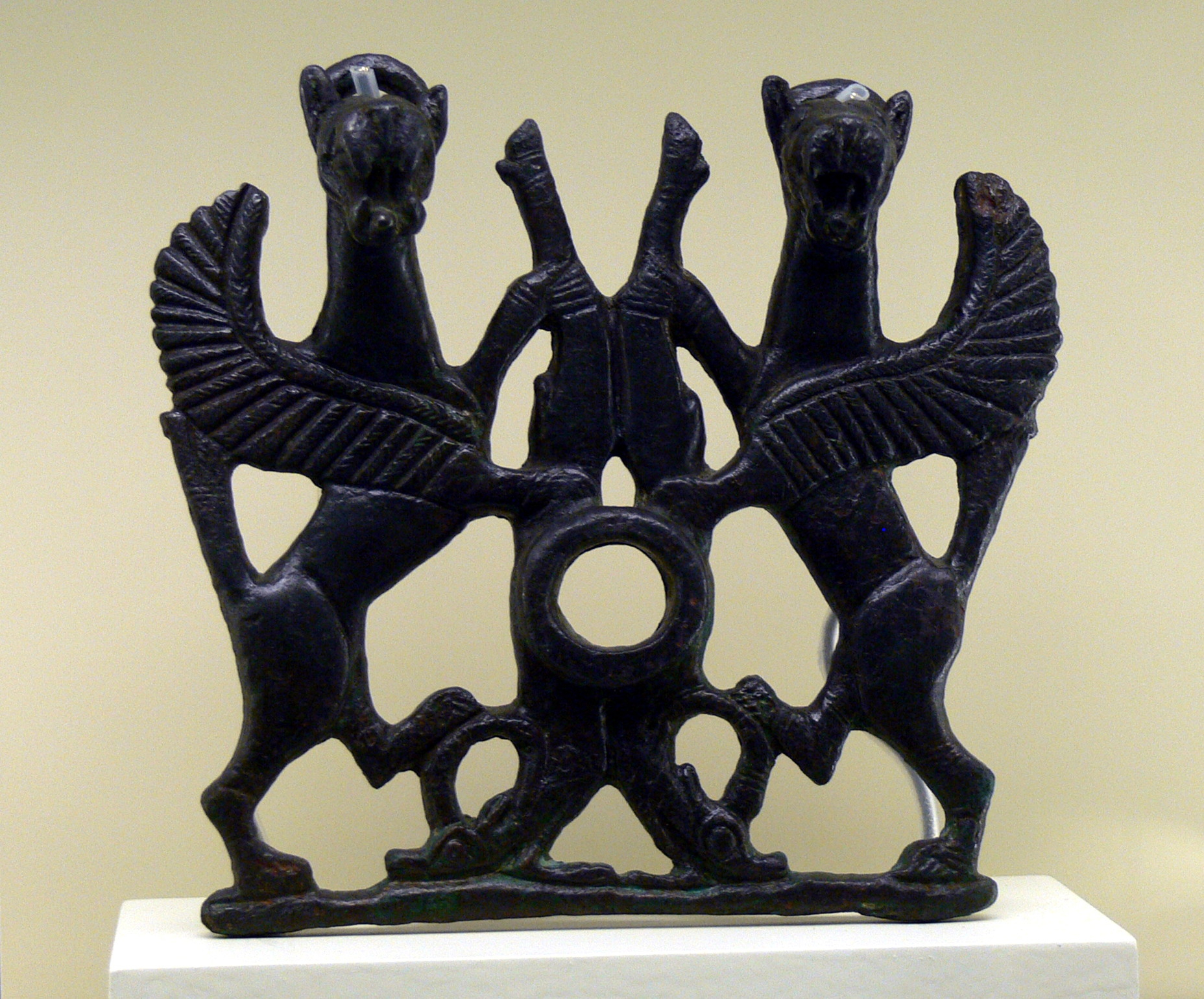|
ORP Gryf
Three warships of the Polish Navy have borne the name ORP ''Gryf'', named after the Polish word for Griffin, griffon: * , a large minelayer launched in 1936 and notable for her role during the Invasion of Poland (1939), Invasion of Poland in 1939. She was sunk in Hel, Poland, Hel harbour by German planes on 3 September 1939. * , a school and hospital ship of the Polish Navy, launched in 1944 as the German ship ''Irene Oldendorff'' and acquired in 1950 by the Polish Navy. Rebuilt as a school and hospital ship, she was initially named ORP ''Zetempowiec'', being renamed ''Gryf'' in 1957. She was decommissioned in 1976 but continued in use as a heating barge and accommodation ship. * , a school and hospital ship of the Polish Navy. She was launched in 1976 as a replacement for the earlier ''Gryf'' and is currently in service. {{DEFAULTSORT:Gryf Polish Navy ship names ... [...More Info...] [...Related Items...] OR: [Wikipedia] [Google] [Baidu] |
Griffin
The griffin, griffon, or gryphon (Ancient Greek: , ''gryps''; Classical Latin: ''grȳps'' or ''grȳpus''; Late Latin, Late and Medieval Latin: ''gryphes'', ''grypho'' etc.; Old French: ''griffon'') is a legendary creature with the body, tail, and Hindlimb, back legs of a lion; the head and wings of an eagle; and sometimes an eagle's talons as its front feet. Because the lion was traditionally considered the king of the beasts, and the eagle the king of the birds, by the Middle Ages, the griffin was thought to be an especially powerful and majestic creature. Since classical antiquity, griffins were known for guarding treasures and priceless possessions. In Greek and Roman texts, griffins and Arimaspians were associated with gold deposits of Central Asia. Indeed, as Pliny the Elder wrote, "griffins were said to lay eggs in burrows on the ground and these nests contained gold nuggets." In medieval heraldry, the griffin became a Christian symbol of Divinity, divine power and a g ... [...More Info...] [...Related Items...] OR: [Wikipedia] [Google] [Baidu] |
Invasion Of Poland (1939)
The invasion of Poland (1 September – 6 October 1939) was a joint attack on the Republic of Poland by Nazi Germany and the Soviet Union which marked the beginning of World War II. The German invasion began on 1 September 1939, one week after the signing of the Molotov–Ribbentrop Pact between Germany and the Soviet Union, and one day after the Supreme Soviet of the Soviet Union had approved the pact. The Soviets invaded Poland on 17 September. The campaign ended on 6 October with Germany and the Soviet Union dividing and annexing the whole of Poland under the terms of the German–Soviet Frontier Treaty. The invasion is also known in Poland as the September campaign ( pl, kampania wrześniowa) or 1939 defensive war ( pl, wojna obronna 1939 roku, links=no) and known in Germany as the Poland campaign (german: Überfall auf Polen, Polenfeldzug). German forces invaded Poland from the north, south, and west the morning after the Gleiwitz incident. Slovak military forces a ... [...More Info...] [...Related Items...] OR: [Wikipedia] [Google] [Baidu] |
Hel, Poland
Hel; german: Hela (; formerly ) is a seaside resort town in Puck County, Pomeranian Voivodeship, in northern Poland, located on the tip of the Hel Peninsula, some from the Polish mainland. History Early developments The territory became part of the emerging Polish state in the 10th century, under its first historic ruler Mieszko I. The Kashubian village of Hel was first mentioned in 1198 as a centre of herring trade area named ''Gellen''. In one of the Danish chronicles of 1219 it is mentioned that a damaged ship of King Valdemar II the Victorious was set ashore on an "Island of Hel". By the 13th century the village became one of the most important trade centres of the area, competing with the nearby city of Gdańsk. It was then that the village was granted town rights by Duke Świętopełk II the Great of Pomerania. The privileges were again confirmed in 1378 when the town came under the rule of the Teutonic Order. Initially the town was some from its present-day c ... [...More Info...] [...Related Items...] OR: [Wikipedia] [Google] [Baidu] |

